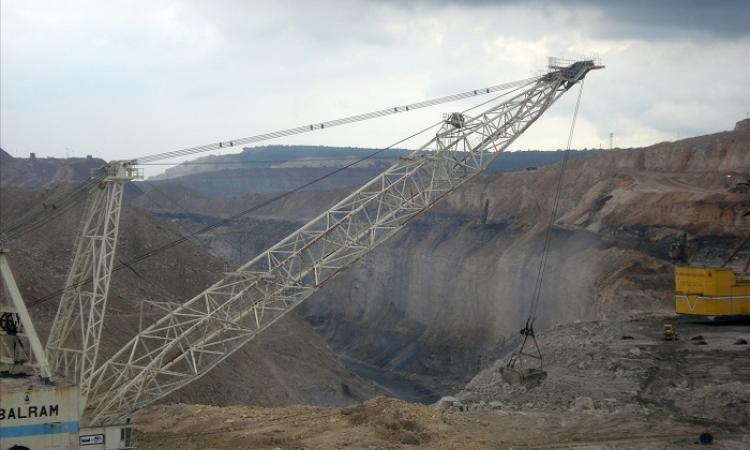
Singrauli Coal Mines (Source: UA Satish on Flickr)
NGT orders Singrauli power plants to supply drinking water to residents
The Tribunal has warned the power plants of closure if they do not provide clean drinking water to residents whose main water sources, the Rihand reservoir and nearby rivers, have been polluted by the fly ash from the plants. The region is known for its coal reserves and is the energy capital of the country, generating about 10% of India's coal-based power.
The Tribunal has warned the power plants of closure if they do not provide clean drinking water to residents whose main water sources, the Rihand reservoir and nearby rivers, have been polluted by the fly ash from the plants. The region is known for its coal reserves and is the energy capital of the country, generating about 10% of India's coal-based power.
Not satisfied with pollution study on Odisha river, HC orders a new one
The Odisha High Court has directed the Central Pollution Control Board to study pollution in the Brahmani river, the second largest river in Odisha, as it is not satisfied with the state Pollution Control Board's report which says that the pollution is under manageable limits. The HC took suo moto cogniscence of news reports that said the river and its tributaries are being polluted due to rampant iron ore and chromite mining in Jajpur.
Uttarakhand's new water policy to conserve water resources
The state Chief Minister Harish Rawat has directed the Irrigation, Forest and Water Resources Departments to jointly work out a policy which will focus on reviving the rivers in the state and devising water conservation schemes in villages located along their banks. Even as the chief minister said that the groundwater table needs to be maintained by preventing construction on surface recharge areas, there was no mention of dams in the official press release.
Watermills light up houses in Nagaland
The Northeast, described as a powerhouse of the country by Narendra Modi, is using newly designed watermills to light up its own villages. These micro-hydel projects, also known as hydrogers, have been developed by the Nagaland Empowerment of People through Energy Development, a government body. As of now, there are 22 hydrogers in Nagaland and one each in the states of Arunachal Pradesh, Sikkim and Meghalaya in villages that are not connected to the power grid.
Dams cleared in Uttarakhand despite SC ban
Lakhwar and Vyasi, the two hydropower dams in Dehradun, were cleared by the Environment Ministry in February this year violating the Supreme Court's ban on any new dam projects imposed in August 2013 in the wake of the flash floods. The Ministry expert panel that studied the role of dams in the disaster, also said that hydropower projects were responsible for the large-scale floods and landslides in Uttarakhand.
This is a weekly roundup of policy matters from May 11-17, 2014. Also read last week's news roundup.
Post By: ravleen
Topic
Conservation - Reducing Water UsageContamination, Pollution and QualityTreatment and PurificationChemical PollutionDrinking and other Domestic UsesDroughts and FloodsEcology and EnvironmentBiodiversityForestsGovernanceVoluntary Citizen or Civil Society SectorCitizens' Rights and DutiesPublic Infrastructure and ServicesCorruption and IntegrityGovernment ProgrammesIndustryGroundwaterHealthHydropowerDevelopment and DisplacementIndustrial and other Manmade DisastersNon-renewable EnergyRenewable EnergyRural WaterSurface WaterRiversLarge Dams, barrages, reservoirs and canalsSustainabilityDemand and ConsumptionMiningWater Management
Sub Categories